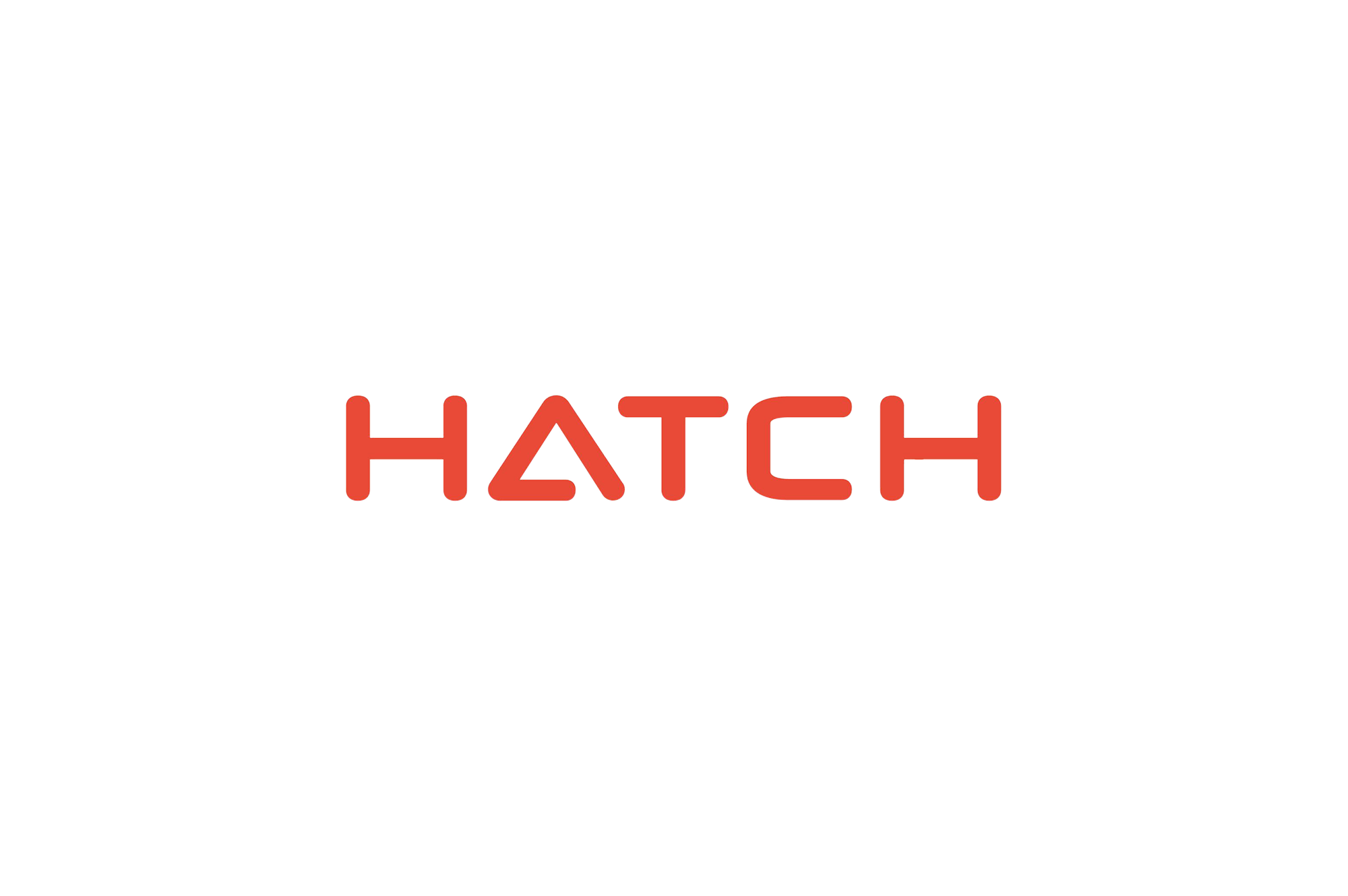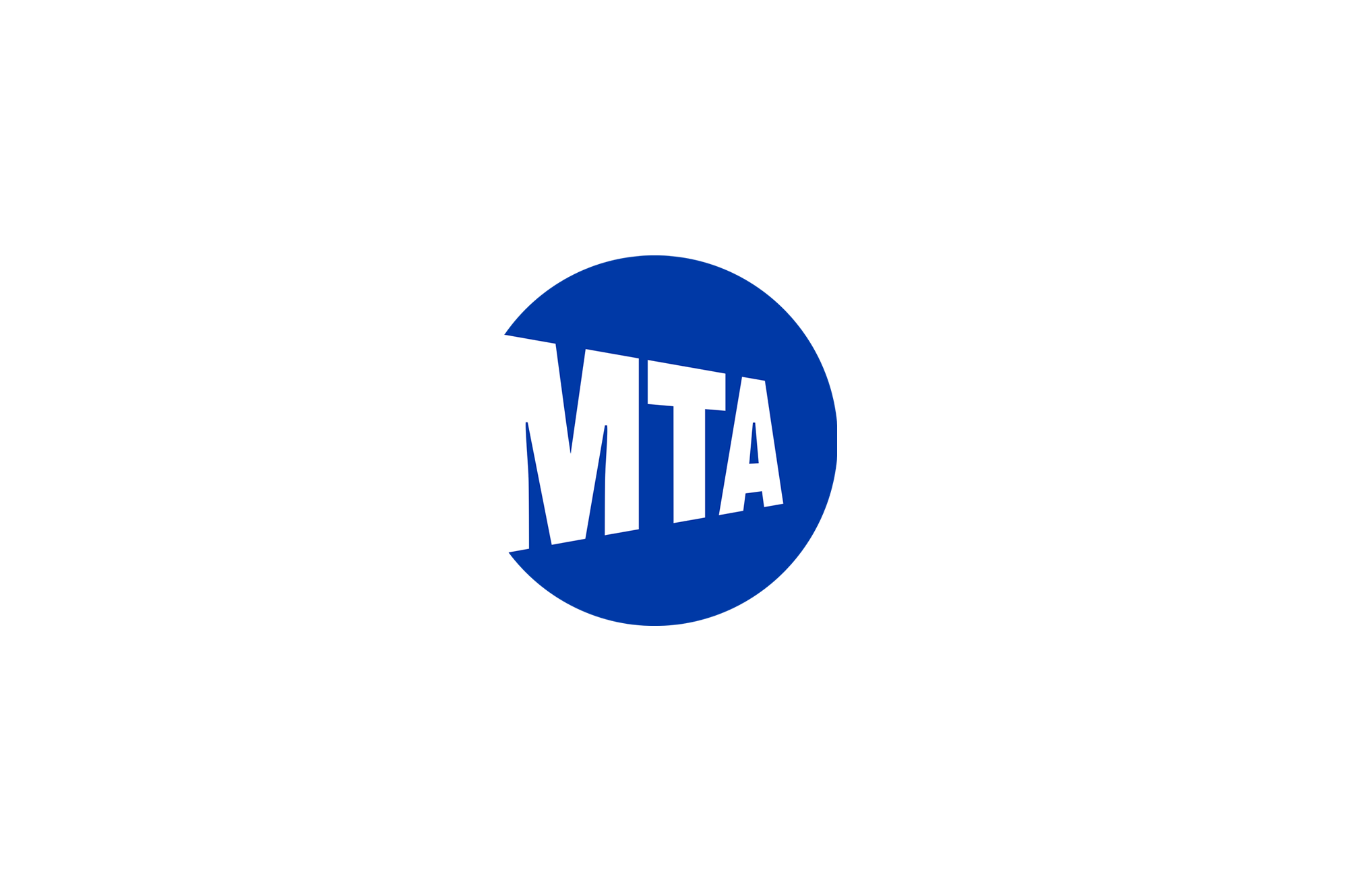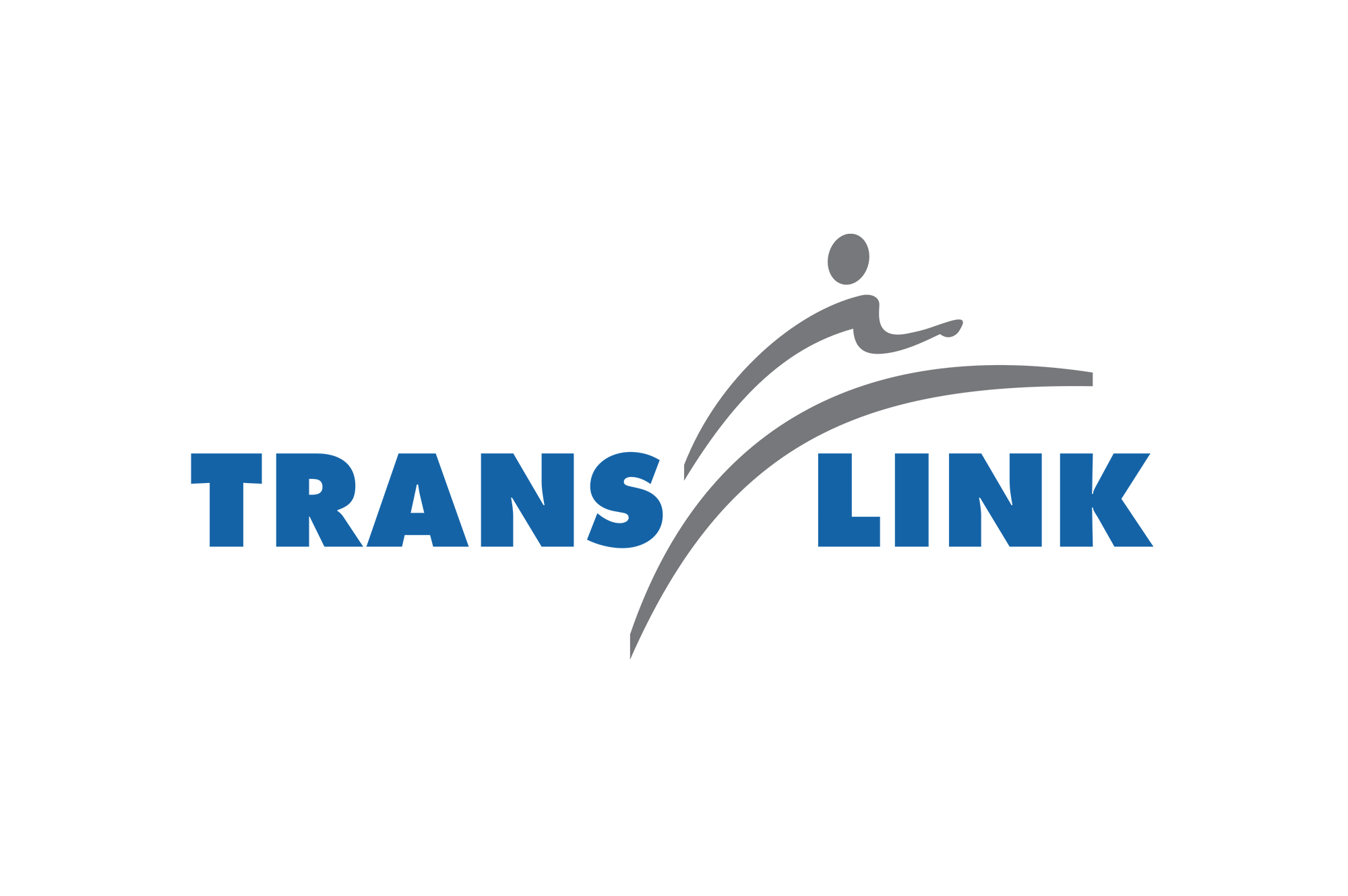
This is the fourth of a series on academia we will be writing over the following weeks addressing the significant challenges—and opportunities—facing post-secondary institutions amid COVID-19.
The events of the last several months have—among other things—directed our attention to the practicality of offering online learning to students.
While it may be daunting, the shift to an asynchronous online learning environment—one in which students learn the same material at different times and locations—allows educational institutions to reach out to learners in a new, socially-distanced, accessible way.
But what’s it like to take things from bricks to clicks? Years in the classroom don’t always translate easily to the online environment. While supporting students is always top of mind for educators, understanding just how to move content from a bricks and mortar classroom to an online environment is equally important.
The following points will help academic institutions ensure they’re on the right track when it comes to creating a successful virtual learning environment.
Open and engaged faculty is one of the first indicators of a successful transition online. No one knows the subject matter better than they do and creating a solid relationship between an Instructional Designer and the faculty is key to this shift. The task of moving learning online is not as simple as taking the faculty notes and slides and pasting the content into a Learning Management System. It takes time and patience to ensure that the learner’s experience is effective.
Solid, well-planned content is another important ingredient to your recipe for success. Rely on your learning outcomes to outline the evidence that is required to test their knowledge, comprehension, application and analysis of the course materials. What evidence is required to display a student’s mastery? Learning and assessment activities that are varied are essential. Consider using a scaffolded approach as a solid pedagogy for online learning, as it allows you to engage the students as they are learning and building their knowledge.
Build generically, allowing for personalization in the courses. No two faculty are going to teach in the same way, nor would you want them to. When building the course, rely on the static concepts and a few key case studies or examples, but leave room for faculty to refresh the course by adding new, more current material.
It’s a marathon, not a sprint. This means that faculty don’t need to learn all the tools at once! In order to use a new tool well you need to know what the tool is, why and how it should be used, what to expect from the students as they use it, and how you can continue to improve. Technology is only part of the equation – the depth and breadth of knowledge held within your faculty and the creativity and experience of an Instructional Designer can result in holistic learning experiences rich with content and context.
The transition from classroom to asynchronous online learning isn’t always easy, but just remember: good teaching is always good teaching, regardless of what form it takes.
We develop digital knowledge solutions. Our team makes heroes of learning and development professionals. We improve workspace experience (and lives) across the globe, with better learning.




















